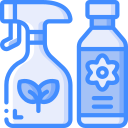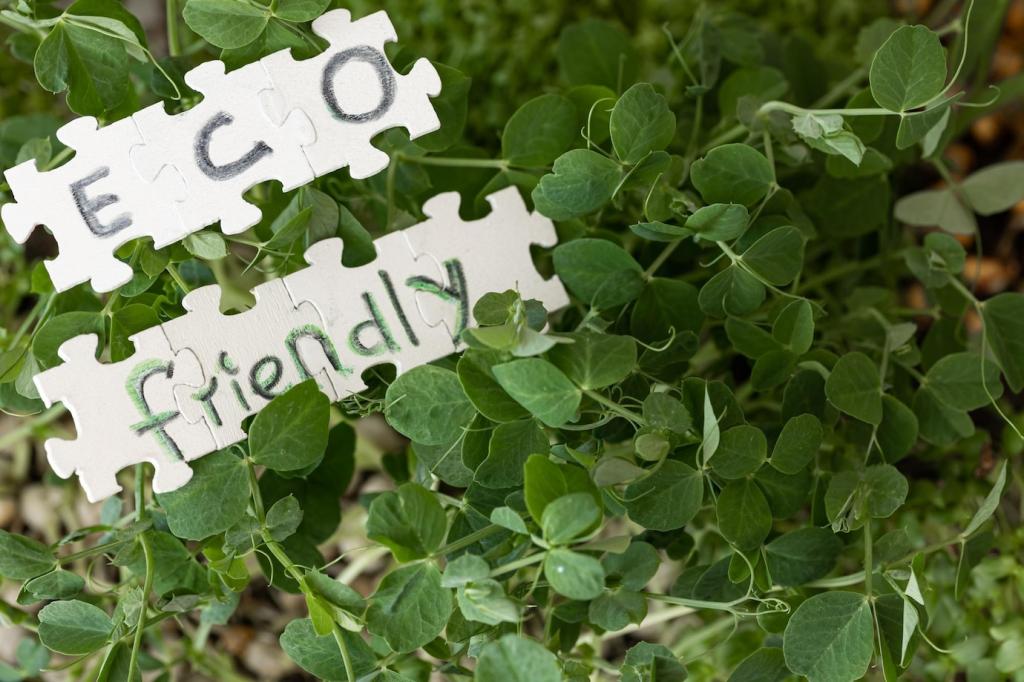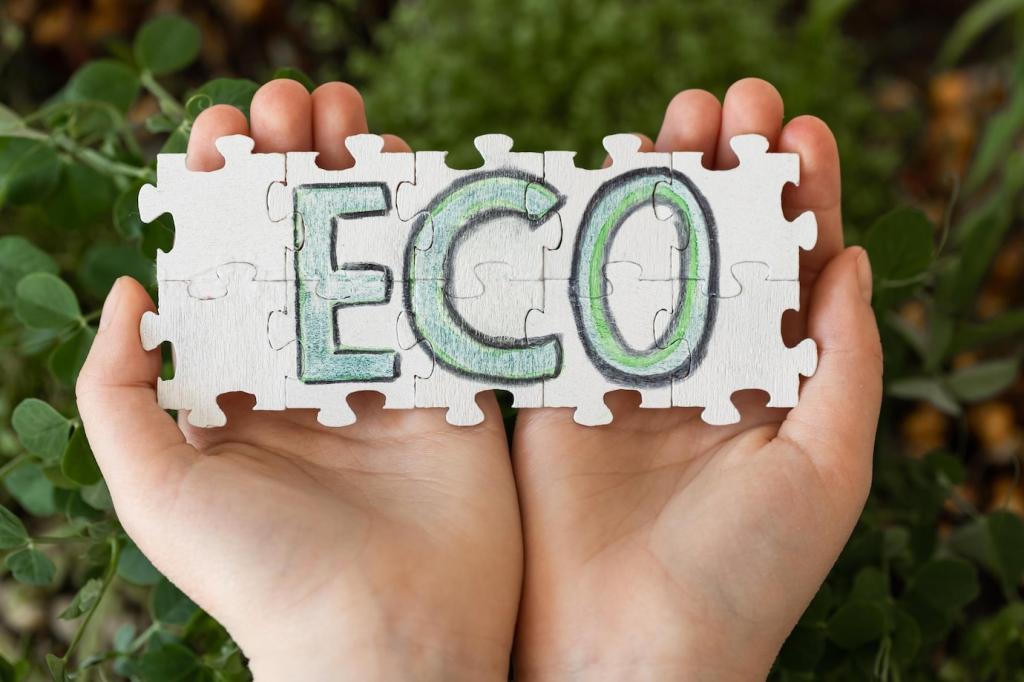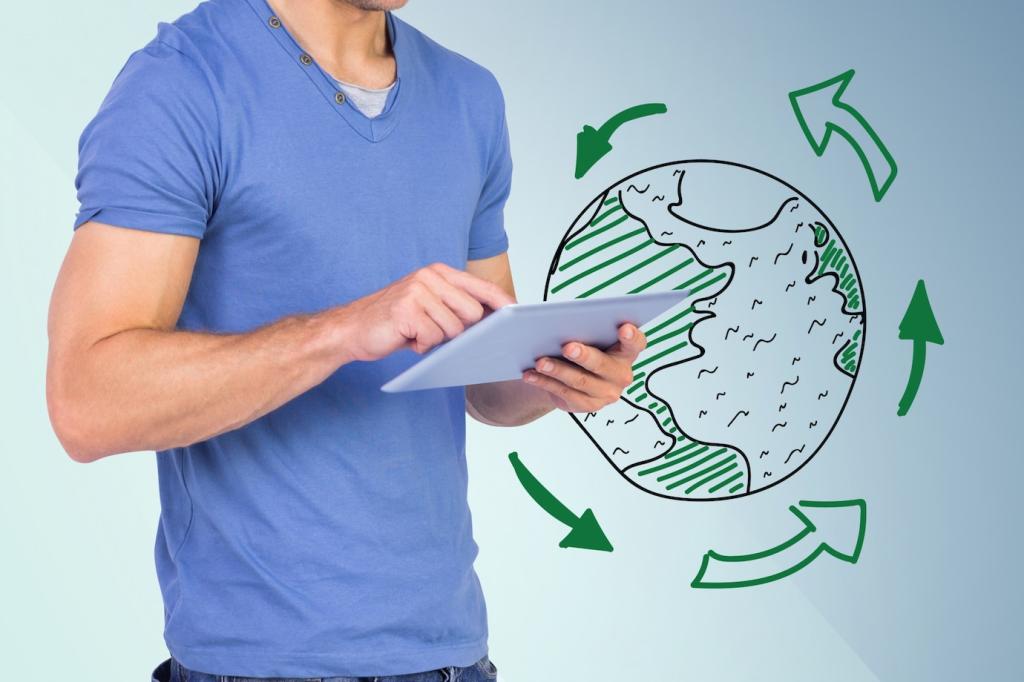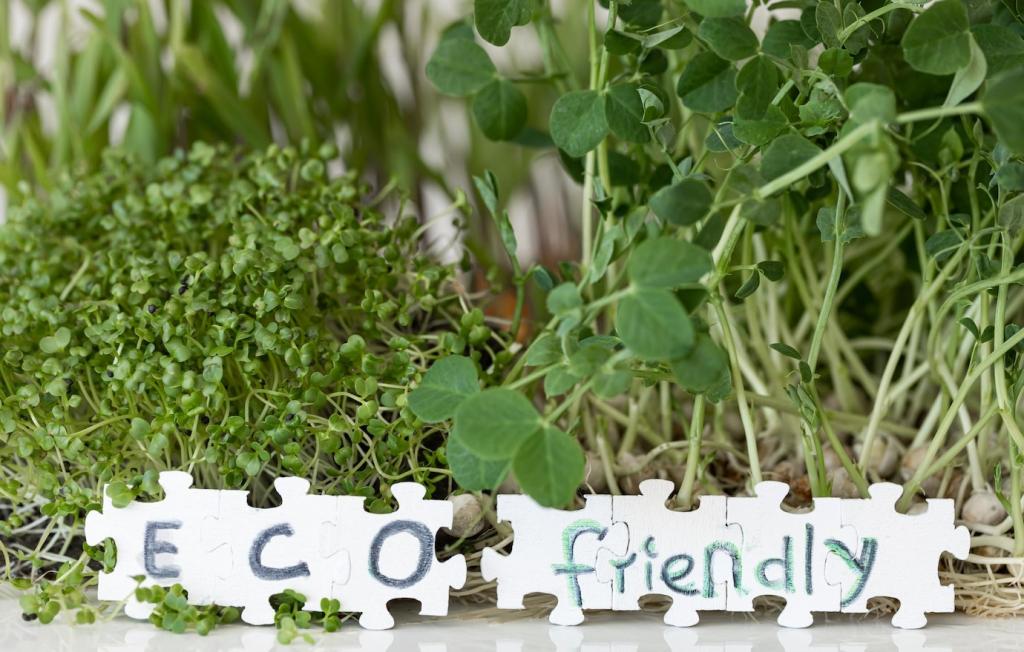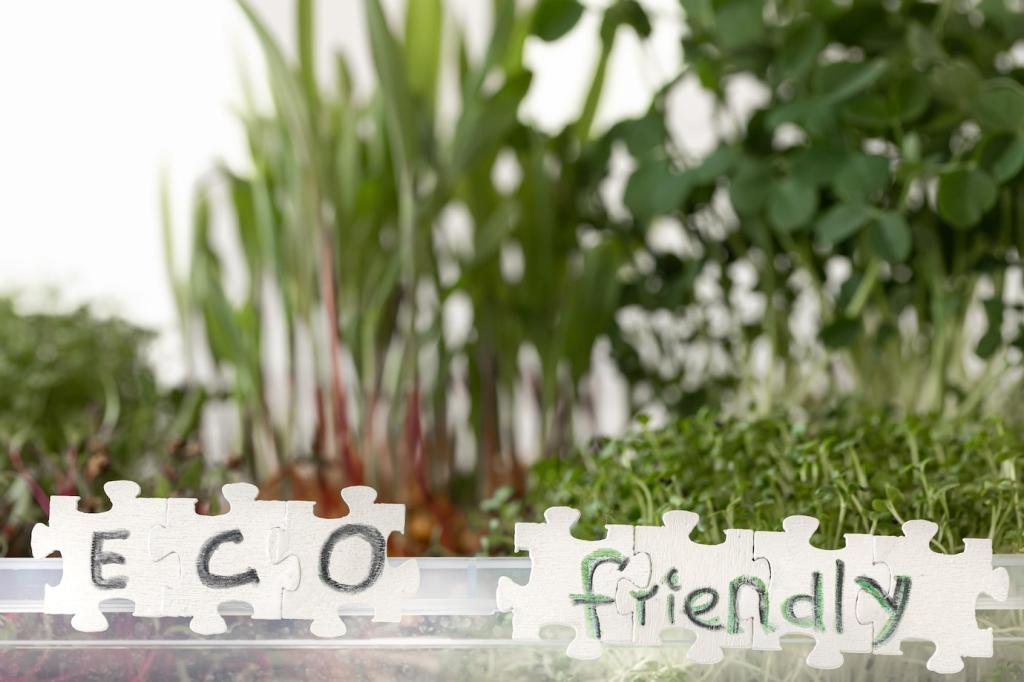The Big Four: Green Seal, EPA Safer Choice, UL ECOLOGO, and EU Ecolabel
Green Seal is an independent nonprofit that sets rigorous criteria for human health, product performance, and packaging. When you see its mark, it signals reduced toxicity, responsible chemistry, and proof a product cleans effectively, not just clever branding or vague environmental promises.
The Big Four: Green Seal, EPA Safer Choice, UL ECOLOGO, and EU Ecolabel
EPA Safer Choice reviews every ingredient against stringent safety profiles, prioritizing formulations with a lower hazard to people and the environment. Products must still meet performance benchmarks. The program also supports transparency through ingredient disclosure, so you are not left guessing about what is inside.
